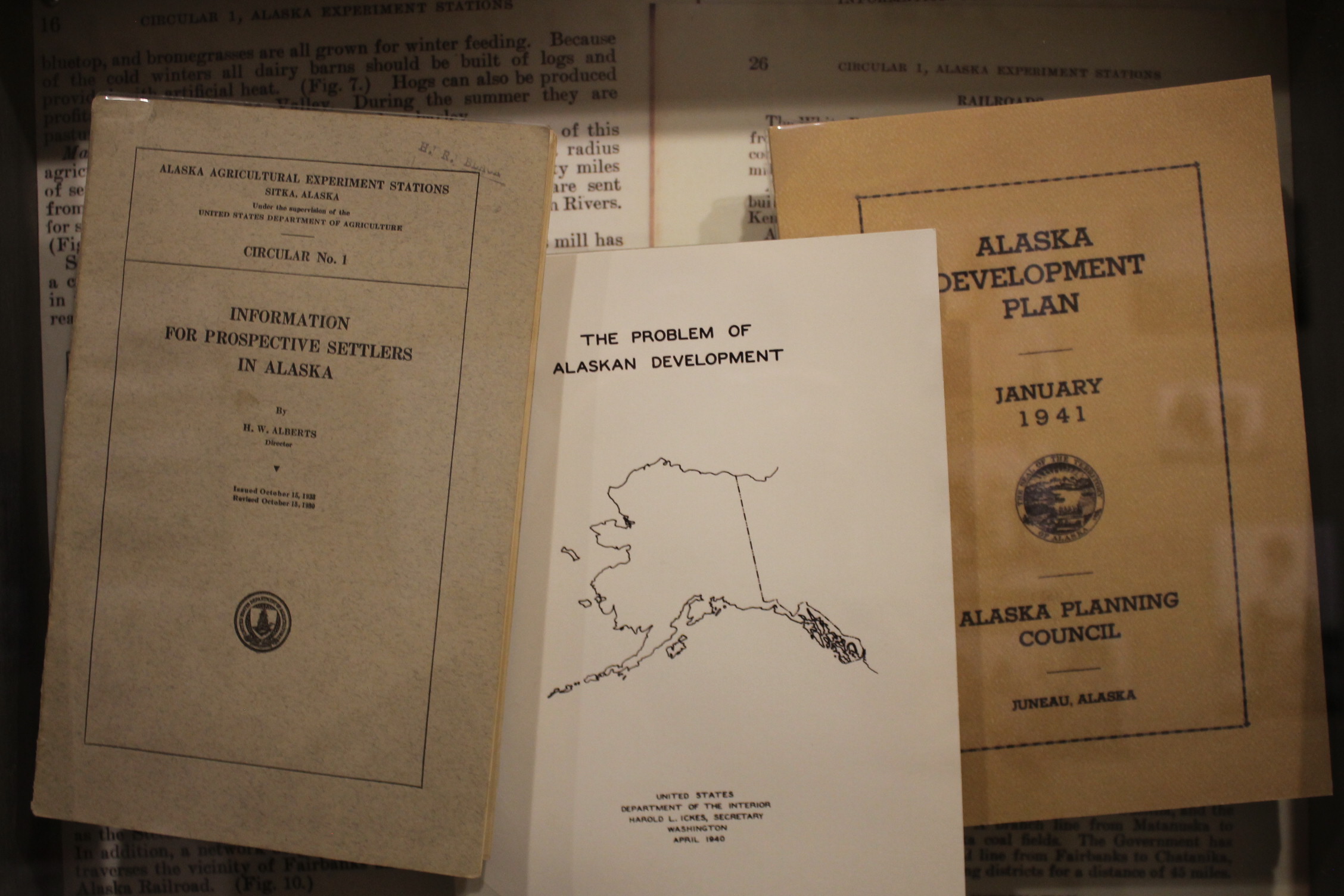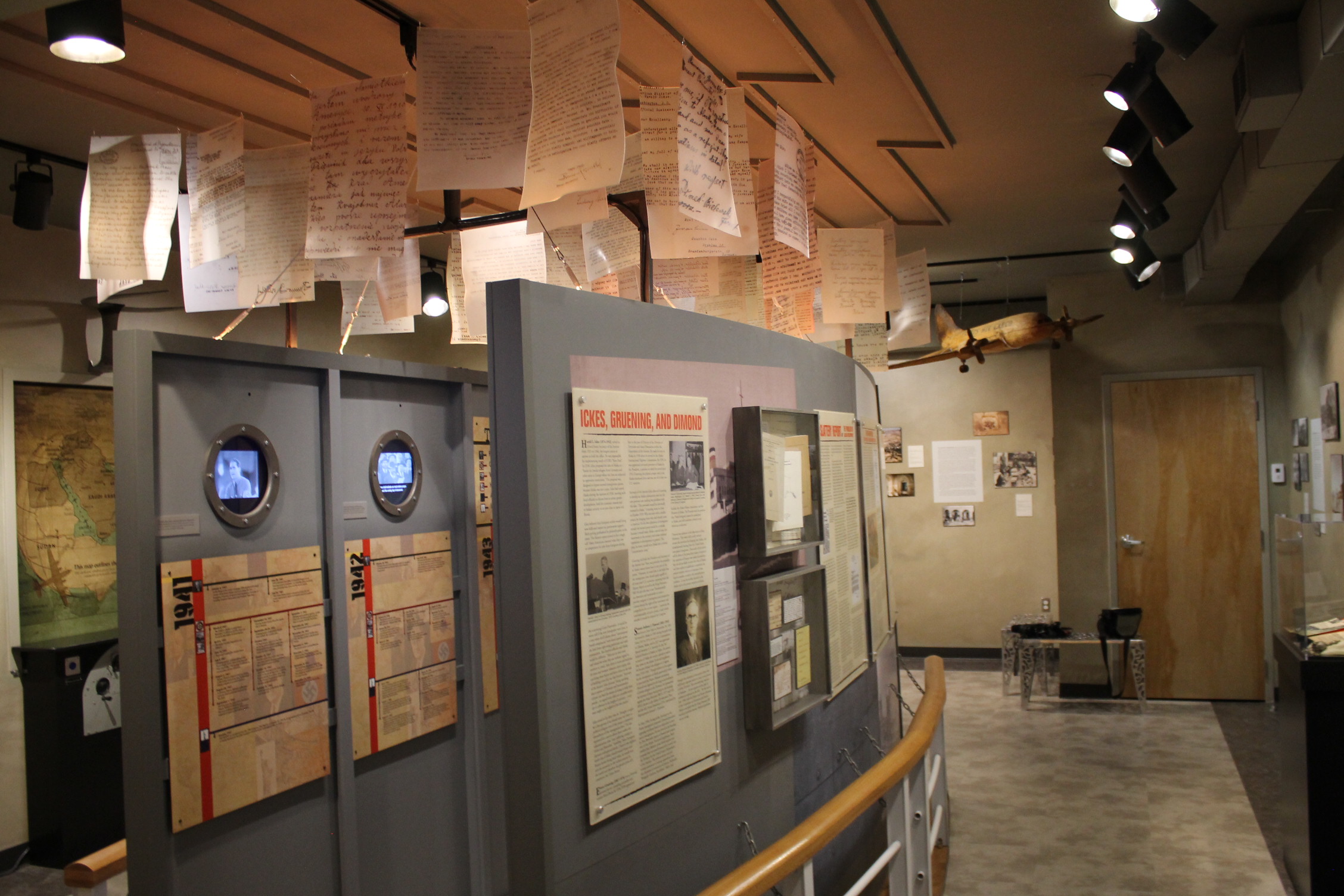
As millions of people around the world are displaced from their homes, some are looking to the past for insight on the refugee crisis. A new museum exhibit in Anchorage tells the story of a plan to relocate European Jewish refugees to Alaska during World War II.
Although the 49th state isn’t exactly a hub of Jewish culture, Rabbi Joseph Greenberg, president of the Alaska Jewish Museum, said there were many Jewish families who were instrumental in making the state what it is today.
“The first mayor of Anchorage was Jewish and then we had one of the most famous mayors of Anchorage — which was Mr. Loussac, the Loussac library is named after him — who actually created the first foundation of charity for education, ever in Alaska,” Greenberg said.
In the early days of World War II, people saw the rising number of Jewish refugees fleeing Nazi-occupied Europe as a development opportunity for the territory. The thinking was that there would be plenty of room for new-arrivals, and refugees could help create year-round industry.
The idea first came from Secretary of Interior Harold Ickes. He commissioned a feasibility study, for what became called the Alaska Development Plan. Exhibit Curator Leslie Fried said news of the plan quickly spread to Jews across the Atlantic.
“They knew about this plan,” Fried said. “That was what was so amazing to me, discovering that some of these people had copies of the report. They also had information for prospective settlers, a little brochure.”
The Interior Department started receiving letters from Jewish people making the case for their entry into Alaska.
Although a bill was drafted to carry out the plan, it never made it through the U.S. congress.

The layout of the exhibit serves as a metaphor for the failed endeavor. Fried said it is modeled after the MS St. Louis, a German ocean liner that carried 900 Jewish refugees across the Atlantic, only to be denied entry to Cuba, the U.S. and Canada.
“At the end of this little corridor between these curved boat walls, you look towards the end and I have film pieces of the Alaska territory around this time period, and I wanted to imagine what people wanting to come to the territory must be thinking about,” Fried said.
According to a survey conducted by Forbes Magazine in 1938, most Americans did not want to let Jewish refugees into the country. In addition to widespread anti-Semitism, many feared that communists or Nazi sympathizers could sneak in among the refugees.
Although the exhibit describes historical events, Fried sees parallels with what is happening around the world today.
“I hope that there is resonance there — that people will connect the dots and see that the trials and tribulations that are described in some of our narrative panels really are universal,” Fried said.
The exhibit, “A Refuge in the Last Frontier” is on display now at the Alaska Jewish Museum.




